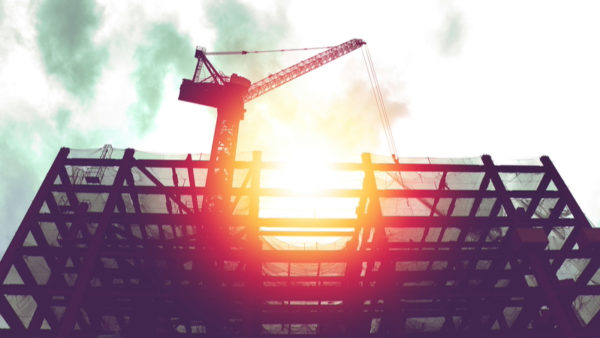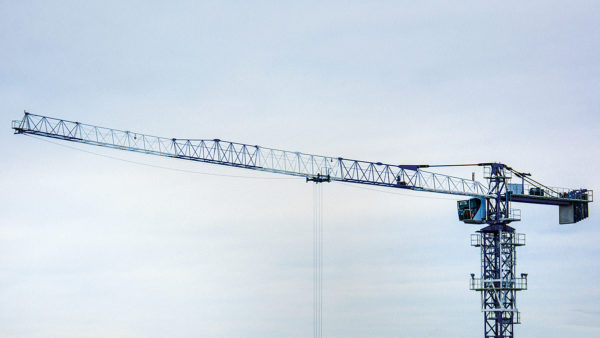Who are the Accountable Person and Principal Accountable Person, how are they appointed and what are their duties under the Building Safety Act? Tom Weld and Kayla Urbanski explain.

Following our first article on the Building Safety Regulator (BSR), this week we examine the new roles of Accountable Person (AP) and Principal Accountable Person (PAP) that have been introduced by the Building Safety Act 2022 (BSA) and their respective responsibilities for managing building safety risks in higher-risk buildings (HRBs).
While Clients, Principal Designers and Principal Contractors are responsible for the management of building safety risks during the design and construction of an HRB, APs’ and PAPs’ duties arise once an HRB has been completed and they will play a central role in the effective operation of the new building safety regime throughout the HRB’s life.
Who is the AP or PAP?
Under the BSA, anyone who has a legal responsibility for repairing or maintaining part, or all, of the common parts of an HRB will be deemed to be an AP. There may be more than one AP in respect of any particular HRB. In such circumstances, the AP who is responsible for the repair and maintenance of the structure and the exterior of the HRB will be deemed to be the PAP.
An AP can be either an organisation or an individual. Where the AP is an organisation, it is required to designate an individual within the organisation to be the single point of contact for the purposes of communication. However, this does not mean the named individual personally becomes the dutyholder – compliance with the regime remains the organisation’s duty.
Likewise, while it is possible for an AP to employ a third party to carry out the daily management of an HRB, an AP cannot simply delegate the performance of its duties under the regime. Therefore, obligations and liabilities will remain with the AP irrespective of whether a third party has been appointed to carry out the daily management of an HRB.
Core AP duties
The core duties of an AP revolve around the assessment and management of building safety risks in their HRB. All APs have a duty to take all reasonable steps to:
- prevent a building safety risk from happening; and
- reduce the seriousness of such an incident if one happens.
Where there is more than one AP for an HRB, each AP has a duty to cooperate and coordinate actions with each other AP and the PAP for the HRB.
Additional duties on single AP or PAP
Where there is only a single AP, or where there is a PAP, there are a number of additional duties to satisfy. The key duties of the AP/PAP are:
- register the HRB with the BSR – new HRBs must be registered with the BSR prior to the building being occupied, while existing HRBs must be registered with the BSR no later than 1 October 2023 to avoid committing an offence;
- submit “key building information” to the BSR – this information is to be provided within 28 days of the application to register the HRB;
- prepare a safety case report setting out the building safety risks identified by each AP and the steps taken to mitigate against the occurrence, or the consequences, of such risks – the safety case report must be provided to the BSR on request;
- establish and operate a system to monitor building safety incidents and report these to the BSR;
- prepare and maintain a residents engagement strategy to promote residents’ engagement in how the HRB is managed and how building safety decisions are made; and
- establish and operate a system to investigate and resolve residents’ building safety complaints.
The golden thread
A key source of information that will enable the AP/PAP to comply with their duties and manage building safety risks will be the ‘golden thread of information‘ – this is a package of documents intended to capture and preserve the original design and building safety strategy for the HRB and facilitate the understanding, management and mitigation of building safety risks.
For new HRBs, the golden thread will be collated during the design and construction phases and passed to the AP/PAP before occupation of the HRB. Thereafter, the AP/PAP are under an obligation to preserve and maintain this information for the duration of the occupation of the HRB.
For existing HRBs, the AP/PAP are required to take reasonable steps to source the information needed to meet their overarching duty to assess and manage building safety risks within the building. This will include collating historic documents relating to the design and construction of the HRB and assessing such documents to ensure that they remain valid.
Where documents are missing, the AP/PAP will need to consider the importance of such documentation and whether steps can be taken to reconstitute the missing information.
What happens if the AP/PAP fails to comply with their duties?
The new AP and PAP roles are integral to the success of the new building safety regime and are vital to ensuring the safety of the residents of an HRB in occupation.
The organisations and individuals who hold these roles must quickly educate themselves so that they fully understand their duties under the BSA. Failure to comply with these duties could not only jeopardise the safety of the occupants, but also result in significant fines and/or imprisonment for the relevant AP.
Tom Weld is director and Kayla Urbanski solicitor in the construction and engineering team at independent UK law firm Burges Salmon.









